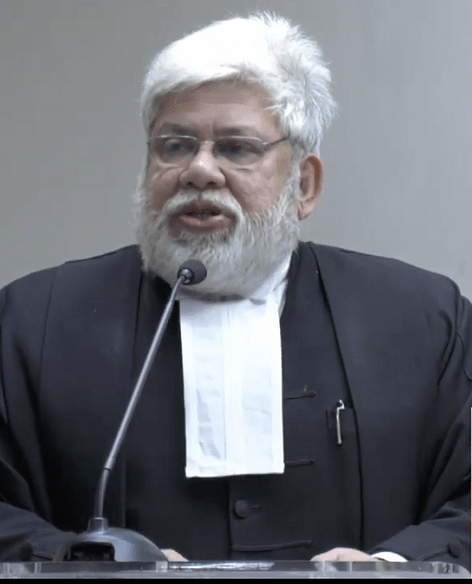

By A Special Correspondent
First publised on 2021-11-10 10:57:48
If his judgments and observations are anything to go by, Justice Sanjib Banerjee, the erstwhile chief justice of the Madras High Court, was an upright judge who was not afraid of calling a spade a spade. Then what does one make of his transfer (in just 10 months) from the Madras HC to the much smaller Meghalaya HC? Is it a demotion or a punishment posting? If it is the latter, then what is the punishment for?
The Supreme Court collegium, in its collective wisdom, transferred the judge from the 75-judge chartered high court in Madras to the 2-judge high court in Meghalaya. Since the reasons behind collegium decisions are no longer published, the public will never get to know what prompted such a move. Hence, the speculation that Justice Banerjee ruffled some feathers in the wrong way and was demoted or punished for the same will always remain.
The only blemish (if it can be called that) could be his outburst against the Election Commission of India (ECI) in the case where he took the body to task for failing to maintain Covid protocols during the state elections in Tamil Nadu. Justice Banerjee had then said that the "ECI should be put upon murder charges for being the most irresponsible institution". But the Supreme Court had itself refused to expunge the said remarks when the ECI approached it for the same.
There is no doubt that there must have been strong reasons for the collegium to transfer Justice Banerjee. But not making them public is an injustice to the judge and is against transparency. Reasons behind collegium decisions must be made public, as they were done for a period of two years from October 3, 2017 to October 3, 2019. The practice was started during the tenure of Justice (retired) Dipak Misra and continued for most of the term of Justice (retired) Ranjan Gogoi, only to be discontinued just before the latter retired. It must be resumed.











